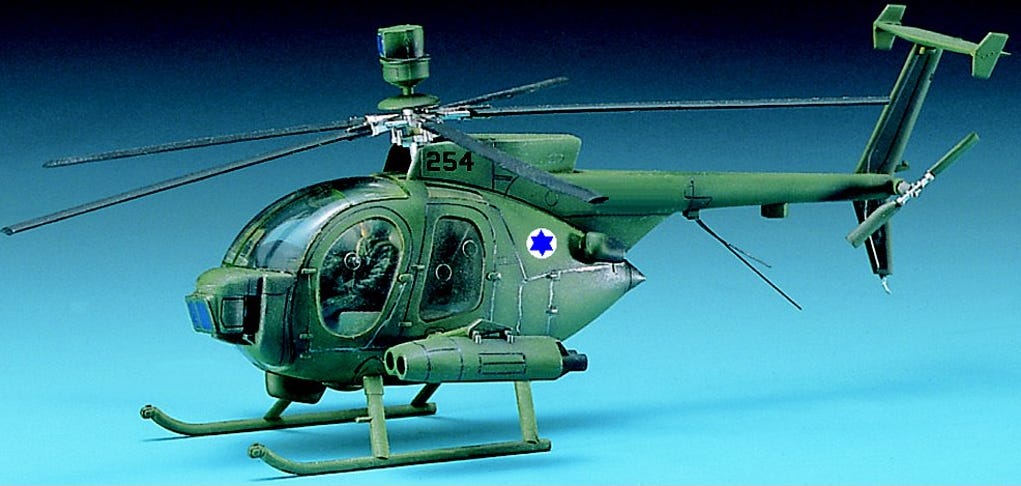Most of my design work for the past several years is 3D forward, with occasional chicken scratch as a shorthand for an idea to explore. Though I tell myself I let my sketching ability atrophy (which I have), even maintained I don’t think it was ever really going to get my designs up to the level I was aiming for without a broader palette of design approaches.
The real breakthrough for me during the production of Brigador was a kitbash centered approach. I’m not professor of kitbash at Ma.K University, but I think there’s an important distinction to be made between kitbashing what I would call prefab use.
Search ‘kitbash’ on Artstation’s store and you’ll find lots of great little greebles/greeblies/nurnies/etc. They’re great, I’ve used packs like them on occasion. But typically they’re only just that, sets of unrelated parts. I don’t think that’s going to get you any of the stolen thunder of kitbash.
A working definition is in order, then: to me, kitbashing is the recontextualization of borrowed elements to imply designed function. Kitbashing is stolen thunder. Without first having a context, it is difficult to re-contextualize. Which is part of my problem with ‘kitbash’ kits on art station: typically, here are a series of parts in a category. Robot parts. Tank parts. Or heaven help us, “scifi” or “tech”. Yes, one can take tank parts and use them in a novel way, but the parts are sufficiently atomized such that this is difficult.
Let’s use a more concrete example from the master: Kow Yokoyama, creator of Maschinen Krieger. We’ll focus on the Gustav. First, let’s see with new eyes:
We have many interesting and graceful lines, because an attack helicopter must by nature be streamlined. One of the simplest yet most profound tricks you’ll see Kow-sama (as he is fondly addressed by adherents) is to take an element and flip it. Turn it around, in one more more axes of rotation and look at it again.

For the Strahl suits, the core design is a Hughes 500D fuselage turned around and then sat up on it’s tail, and then the tail is chopped off. The cowling for the rotor becomes a chest sensor cluster, the cockpit glass and windows for two pilots now becomes the windows for a power suit operator. The rocket pod becomes a forearm laser. Yes, the design and form language extends out quite a bit further than simply “what if a man wore a small helicopter frame as a suit at a funny angle”, but that’s the core of the design, that’s the main bit.
I don’t think you arrive at this sort of inspired recontextualization from atomized, deconstructed bits. Now, to be sure, I’ve stripped military parts off of vehicle sprues and used them in just such a decontextualized way as I’m criticizing, but that’s in actual physical kitbashing. In 3d, I much prefer to arrive from partial subassemblies and then begin manipulating/re-imagining what parts could be used for what.
There are many more things I want to say on the subject of kitbashing, but I’ll finish with an observation about the second half of my working definition: the part about implied function. For the Gustav, we say “what if an attack helicopter fuselage changed scale and became a powersuit shell?” If I have an already decontextualized set of pieces without an original frame or idea to push off against, that sort of question is much harder to pose. “What if these tank bits… became… not-tank-bits?”
This is like trying to paddle through the air in zero gravity. The finished piece will only have as much implied function as what you’re able to provide from your own design work. Which is fine, but this is not harnessing the power of kitbashes as has been made famous in the original trilogy, the film Alien’s set design, et cetera.
Finally, an in-progress from my own work for Brigador Killers. This is as-yet unidentified spacer powersuit:
And here are two kitbashes from Artstation that helped make it possible:
The second set isn’t easy to work with, as it both limited in pieces and in a very clear design language, a kind of smooth, futuristic ball joint roboticism. Immediately though it helped spark part of the interesting combination I had hoped to accomplish with this suit design: a contrast of traditional, medieval knight armor with robotics, implying a society enamored of old time-y embellishments even as their technology was far in excess of it.
To point out specific uses of the kitbash, here I haven’t stretched very far but I still found pleasingly novel combination: The knight’s helmet, visor detached, becomes rotated forward so that the flared edge now becomes a kind of crest. The neck guard remains more or less the same though manipulated in scale, and the rest of the pieces follow more or less—they are not dissimilar from their original function but now adorning, rather more as embellishment, robotic design portions. I like that there is a contrasting set of form languages here, between the traditional armor and the very severe and more geometric forms of the legs. Not all of the cladding is one style or the other (contrast the knees vs. the elbows, for example).
Oh and finish with a skull. Everyone loves skulls.





